Purslane and comes from the Montiaceae family and is actually a wild plant, but it is cultivated in some Western European countries. It has a green or yellowish color.
The young shoots, the fleshy stems and the leaves of the purslane are used in cooking. The lower part of the stalk is cut off and the vegetable is washed abundantly with water.
The purslane ripens from early summer to late autumn. Purslane is low in calories, has a slightly bitter taste, and cannot be kept for long after being picked. For culinary purposes, it is best to use fresh.
Ancient Egyptians, Greeks and Romans willingly ate purslane and valued the plant as a medicine. Hippocrates and Pliny, wrote about it and used it and in the Middle Ages it was considered a "blessed" gift among the Arabs.
Infusion of the herb purslane has a diuretic and anti-inflammatory effect (pour a tablespoon of fresh herbs with a glass of boiling water, leave for 2 hours, filter and drink 2 tablespoons 3-4 times a day).
In Lebanon, to this day, purslane is an indispensable part of traditional Fattoush salad, the Chinese fry it along with bean sprouts, the French love to eat creamy vegetable purslane soup.
Purslane has a slightly sour taste, a slight burning sensation and is something like a vegetable pepper.
Nowadays, purslane is considered a weed, which gardeners fight in different ways with.
But in the meantime, this small inconspicuous herb was used by the healers of antiquity. The ancient Greeks and Egyptians were well acquainted with the beneficial properties of purslane.
This plant in our time enjoys high respect in the countries of Asia.
There, the herb is grown as a vegetable crop and used for both food and medicinal purposes.
Marinated Purslane - An excellent seasoning for meat dishes, goes well with soups and vegetable main dishes. As a spicy side dish, it is served with meat and fish dishes, added to sauces and spicy mayonnaises. In France, Armenia, Uzbekistan vitamin salads are prepared from purslane mixed with spicy herbs.
Purslane garnish
purslane - 10.5 oz (300 g)
confectionery cream - 2 tbsp.
garlic - 2 cloves
oil - 2 tbsp.
black pepper
salt
flour - 1 tbsp.
The purslane is cleaned, washed and boiled to extract the bitter substances, then it is left to drain.
The garlic is finely chopped, fried in oil until transparent, sprinkled with flour and diluted with a little water.
Add the purslane, boil for a short time and add spices and cream.




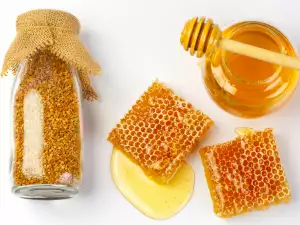
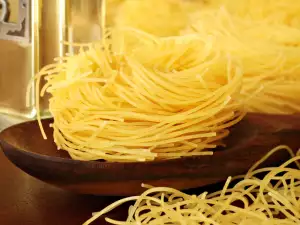
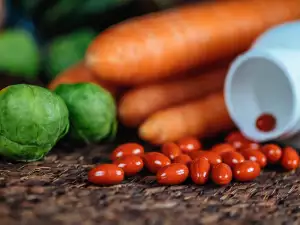
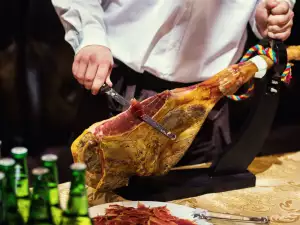

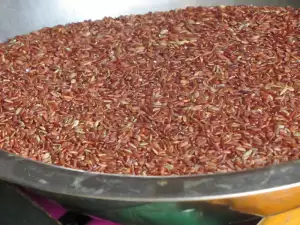
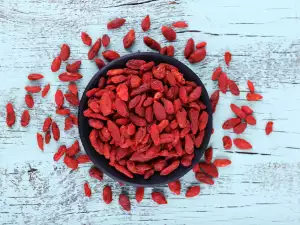

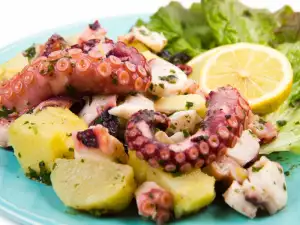

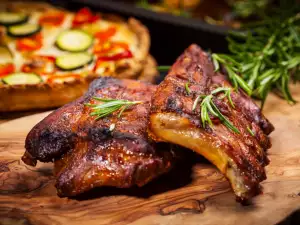





Comments